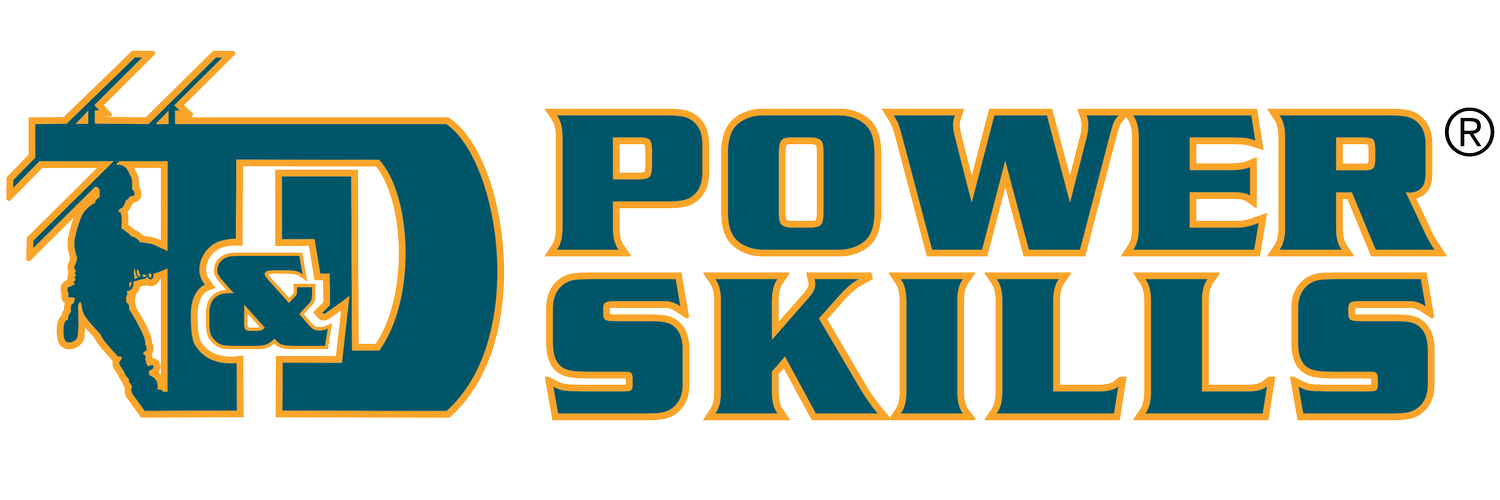Cable Terminations
COURSE DESCRIPTION
Electrical cables are routinely connected to many different types of equipment. When a connection to equipment is made, the cable must be terminated, or ended, at the connection point. This course discusses pothead, single phase elbow, three-phase elbow and switchgear terminations, how they are installed, and how they help cables function properly. Problems associated with voltage stress are also discussed. This course also explains how to energize three-phase terminations in switchgear and transformers.
COURSE GOALS
Recognize and identify typical primary cable terminations.
Explain what voltage stress is and how terminations are built to avoid voltage stress problems.
Describe how to install a pothead termination, an elbow termination, a three-phase elbow termination, and a switchgear termination.
SUBJECTS AND OBJECTIVES
Introduction to Terminations
Describe the function of a cable termination.
Identify and describe three classes of terminations.
Pothead Terminations
Demonstrate safe work practices for making a pole-top termination.
Elbow Terminations
Distinguish between load-break and non-load-break elbow terminations.
Describe how to install an elbow termination on a primary URD cable.
Three-Phase Elbow Terminations
Describe differences of single phase and three-phase terminations.
Describe hazards associated with three-phase terminations.
Switchgear Terminations
Demonstrate safe work practices for making cold shrink terminations.
Energizing Terminations
Describe how to switch and correctly phase three-phase terminations.
Describe hazards associated with switching three-phase terminations.
Describe how to install a heat-shrink rubber termination.
